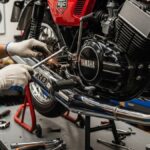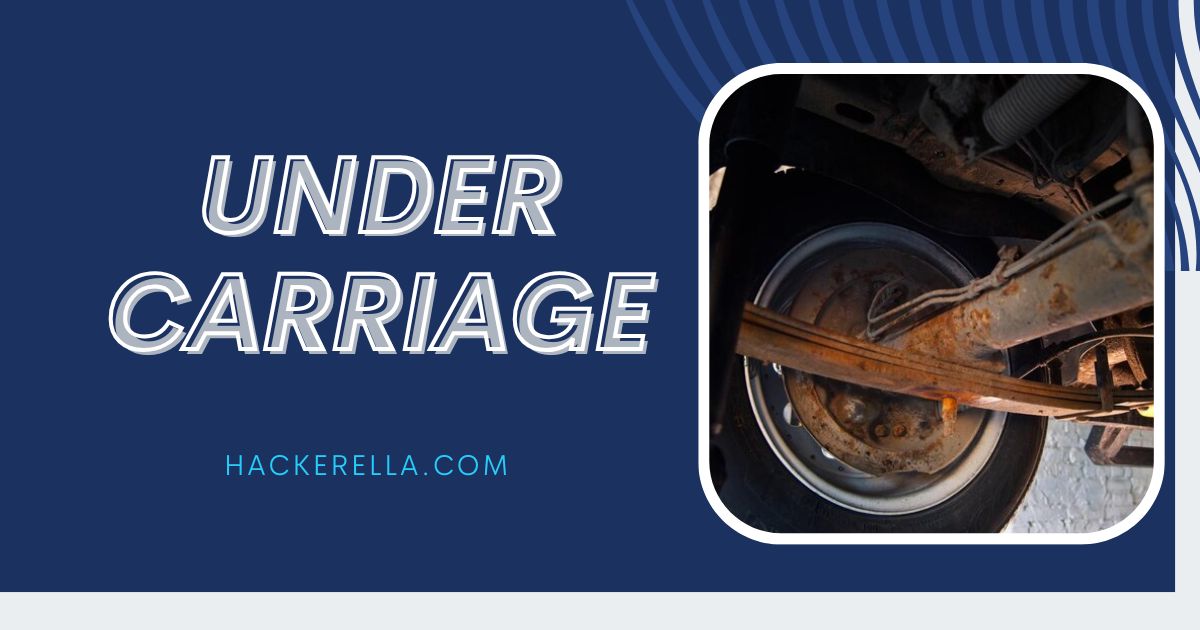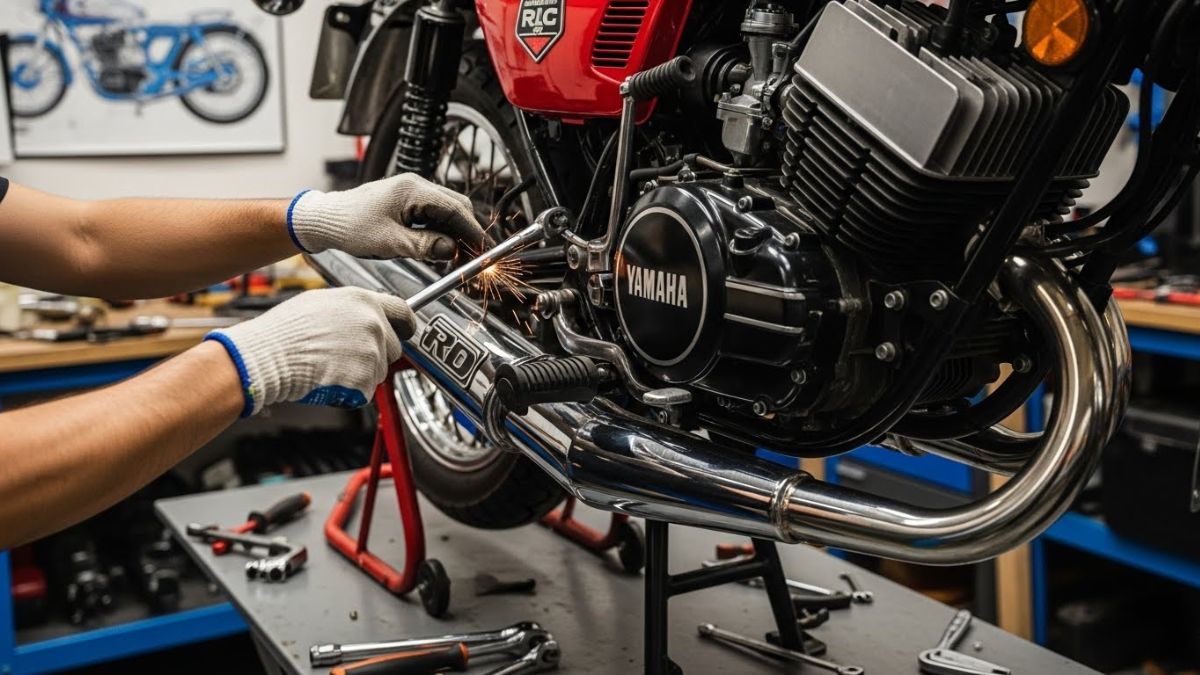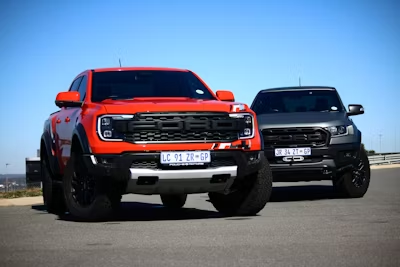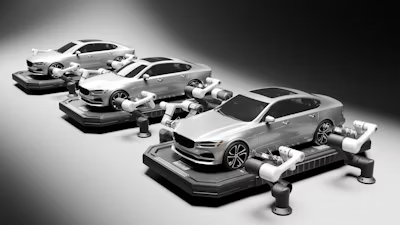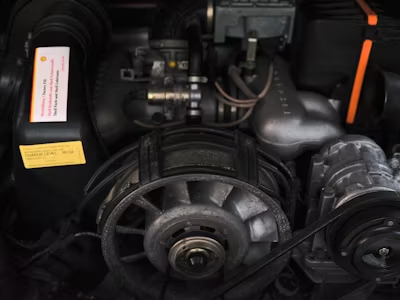The undercarriage is one of the most crucial yet overlooked parts of any vehicle or heavy machinery. It plays a vital role in ensuring stability, performance, and longevity. Whether it’s a car, a bulldozer, or an excavator, a well-maintained undercarriage can prevent costly repairs and improve efficiency. This guide will cover everything you need to know about undercarriages, from components and functions to maintenance tips and common issues.
What Is an Undercarriage?
The undercarriage is the lower part of a vehicle or machine, consisting of various components that support movement, stability, and traction. It includes parts such as tracks, wheels, axles, suspension, and the drivetrain. In construction machinery, the undercarriage is responsible for handling rough terrain and providing a stable base for operation.
Types of Undercarriages
Different machines and vehicles require different undercarriage designs. Understanding the types can help in choosing the right one for specific applications.
Wheeled Undercarriage
This type is common in cars, trucks, and some light construction equipment. It offers smooth movement on paved roads and is easier to maintain. However, it is not ideal for rough or muddy terrain.
Tracked Undercarriage
Tracked undercarriages are used in heavy machinery like excavators, bulldozers, and tanks. Tracks provide better stability and traction on uneven ground but require more maintenance due to wear and tear.
Components of an Undercarriage
Every undercarriage consists of multiple essential parts that contribute to its functionality.
Tracks and Wheels
Tracks are used in heavy equipment for better grip, while wheels are found in most road vehicles. Proper maintenance of these components is crucial for smooth operation.
Rollers and Idlers
Rollers support the weight of the machine and guide the tracks, while idlers help maintain track tension. Both parts experience heavy stress and require frequent checks.
Sprockets and Drive System
Sprockets engage with the track links, helping the machine move forward. A well-lubricated drive system ensures smooth operation and minimizes wear.
Suspension and Shock Absorbers
In vehicles, the suspension system absorbs shocks and provides a comfortable ride. In heavy equipment, it enhances stability and prevents excessive vibration.
Common Undercarriage Issues
Despite its durability, the undercarriage can suffer from various problems if not properly maintained.
Track Wear and Tear
Tracks wear down due to friction and exposure to harsh environments. Regular inspections can help detect early signs of damage.
Loose or Damaged Bolts
Bolts hold the undercarriage components together. Loose or damaged bolts can lead to misalignment and reduced efficiency.
Rust and Corrosion
Exposure to moisture and chemicals can cause rust, weakening the metal parts. Applying protective coatings can prevent corrosion.
Undercarriage Maintenance Tips
Proper maintenance can extend the life of an undercarriage and enhance performance.
Regular Cleaning
Dirt, mud, and debris can accumulate in the undercarriage, causing unnecessary wear. Cleaning after each use prevents buildup.
Lubrication of Moving Parts
Lubrication reduces friction between moving parts, preventing premature wear. It also protects against rust and corrosion.
Proper Track Tension
Loose tracks can derail, while overly tight tracks can cause excessive strain. Regularly adjusting track tension ensures smooth operation.
Inspection for Cracks and Damage
Routine inspections help identify small cracks or damage before they become major issues. Immediate repairs can prevent costly replacements.
Choosing the Right Undercarriage for Your Needs
Selecting the correct undercarriage depends on the type of terrain, load capacity, and frequency of use.
Undercarriage for Heavy Equipment
For construction and agricultural machinery, a tracked undercarriage is ideal for rough terrain and heavy loads.
Undercarriage for Road Vehicles
Wheeled undercarriages are suitable for cars and trucks due to their efficiency on paved roads.
Conclusion
The undercarriage is a vital part of any vehicle or heavy equipment, influencing performance, durability, and safety. Regular maintenance, timely repairs, and choosing the right undercarriage type can significantly impact overall efficiency. By following best practices, you can ensure your undercarriage remains in top condition for years to come.
FAQs
How often should I inspect my undercarriage?
Regular inspections should be done weekly for heavy machinery and monthly for vehicles to prevent major issues.
What causes undercarriage wear and tear?
Friction, harsh terrain, improper lubrication, and loose bolts contribute to undercarriage wear and tear.
Can I replace undercar’riage parts individually?
Yes, components like rollers, tracks, and bolts can be replaced individually to avoid replacing the entire undercarriage.
How do I prevent rust on my underc’arriage?
Applying anti-corrosion coatings, regular cleaning, and storing equipment in dry conditions help prevent rust.
What is the lifespan of an underca’rriage?
With proper maintenance, an underca’rriage can last several years, but the exact lifespan depends on usage and care.



